![]()
Unveiling the Tale Behind Kenny Rogers’s Classic: “Daytime Friends”
In the world of music, some artists are born with an innate talent that seems to guide their journey. Kenny Rogers, the legendary country singer, was one such individual who never seemed to “work” a day in his life, as his mother, Lucille, once noted in an interview with Billboard Magazine. Rogers was born on August 21, 1938, in Houston, Texas, and from a young age, he displayed a shrewd business sense that hinted at his future success.
As a young boy, Kenny Rogers sold newspapers on a local street corner. What made this endeavor particularly clever was his decision to sublet the prime location to a classmate, allowing him to make money without the need to handle the newsprint himself. As he grew older and wiser, Rogers ventured into the world of music. In his high school years, he formed his very first band, known as the Scholars.
Although he briefly dabbled in selling office equipment for a couple of years, music remained his true calling. In 1958, Rogers earned his first gold single for “That Crazy Feeling.” Subsequently, he joined the local group, the Bobby Doyle Trio, and even played stand-up bass on some early recording sessions with the budding artist Mickey Gilley in Houston. By 1966, Kenny Rogers had made a significant leap by becoming a member of the prestigious New Christy Minstrels. Just a year later, four members of the group, including Rogers, formed the First Edition. Their big break came in 1969 when their rendition of Mel Tillis’ “Ruby, Don’t Take Your Love To Town” soared to the #6 spot on the Billboard Hot 100 pop chart.
Their manager, Ken Kragen, a Harvard graduate with a knack for the music industry, continued to support Kenny Rogers even after the First Edition disbanded in 1975. Kragen retained Rogers as his client and played a pivotal role in shaping the singer’s future. After Kenny joined the United Artists label, his partnership with producer Larry Butler became a vital component of his later successes.
However, after signing with United Artists, Rogers found himself at a crossroads, unsure of where his musical journey was heading. He lacked a band and the financial means to hire one. At this juncture, he contemplated leaving the music business altogether. But then, fate intervened in the form of his new producer, Larry Butler. Through a groundbreaking deal brokered by the record company, Rogers received $15,000 upfront per album and a guarantee of two albums per year. This financial boost enabled him to assemble a band and set the dominoes of his career in motion. Kenny referred to this pivotal moment as “the domino theory,” where the first domino needed to be nudged to set the rest in motion, and Larry Butler provided that initial push.
Another turning point in Rogers’ career came with the release of the second single from his second United Artists album. “Lucille,” penned by Hal Bynum and Roger Bowling, became one of the biggest hits in both the country and pop music scenes in 1977. Kenny Rogers was unstoppable after this success, and it wasn’t long before “Daytime Friends” followed suit, courtesy of songwriter Ben Peters.
Ben Peters crafted the iconic line, “daytime friends and nighttime lovers,” after being inspired by a weather report by none other than Pat Sajak, who would later gain fame on TV’s “Wheel of Fortune.” Sajak had spoken about “daytime highs and nighttime lows” during his weather segment on Nashville’s WSM-TV, sparking Peters’ creative imagination. In a burst of inspiration, Peters composed the rest of “Daytime Friends,” creating a lyrical masterpiece. Interestingly, Elvis Presley had intentions of recording “Daytime Friends,” but fate had other plans, and Rogers ended up recording and releasing the song.
During the recording session, producer Larry Butler infused “Daytime Friends” with a unique treatment. He duplicated the guitar tracks onto additional layers, resulting in an astonishing 18 guitars—comprising four electric and 14 rhythm guitars—contributing to the final sound. This production technique not only enriched the song but also bolstered Kenny Rogers’ musical legacy, propelling him to achieve the second of his remarkable 21 number-one country hits. On October 1, 1977, “Daytime Friends” soared to the top of Billboard’s country singles chart, solidifying its place as a timeless classic in the world of country music.

Artist: Kenny Rogers
Album: Daytime Friends
Released: 1977
Lyrics
And he’ll tell her he’s working late again
But she knows too well there’s something going on
She’s been neglected, and she needs a friend
So her trembling fingers dial the telephone
Lord, it hurts her doing this again
He’s the best friend that her husband ever knew
When she’s lonely, he’s more than just a friend
He’s the one she longs to give her body to
Daytime friends and nighttime lovers
Hoping no one else discovers
Where they go, what they do, in their secret hideaway
Daytime friends and nighttime lovers
They don’t want to hurt the others
So they love in the nighttime
And shake hands in the light of day
When it’s over, there’s no peace of mind
Just a longing for the way things should have been
And she wonders why some men never find
That a woman needs a lover and a friend
Daytime friends and nighttime lovers
Hoping no one else discovers
Where they go, what they do, in their secret hideaway
Daytime friends and nighttime lovers
They don’t want to hurt the others
So they love in the nighttime
And shake hands in the light of day
Daytime friends and nighttime lovers
Hoping no one else discovers
Where they go, what they do, in their secret hideaway
Daytime friends and nighttime lovers
They don’t want to hurt the others
So they love in the nighttime
And shake hands in the light of day
Daytime friends and nighttime lovers
Hoping no one else discovers
Where they go, what they do, in their secret hideaway
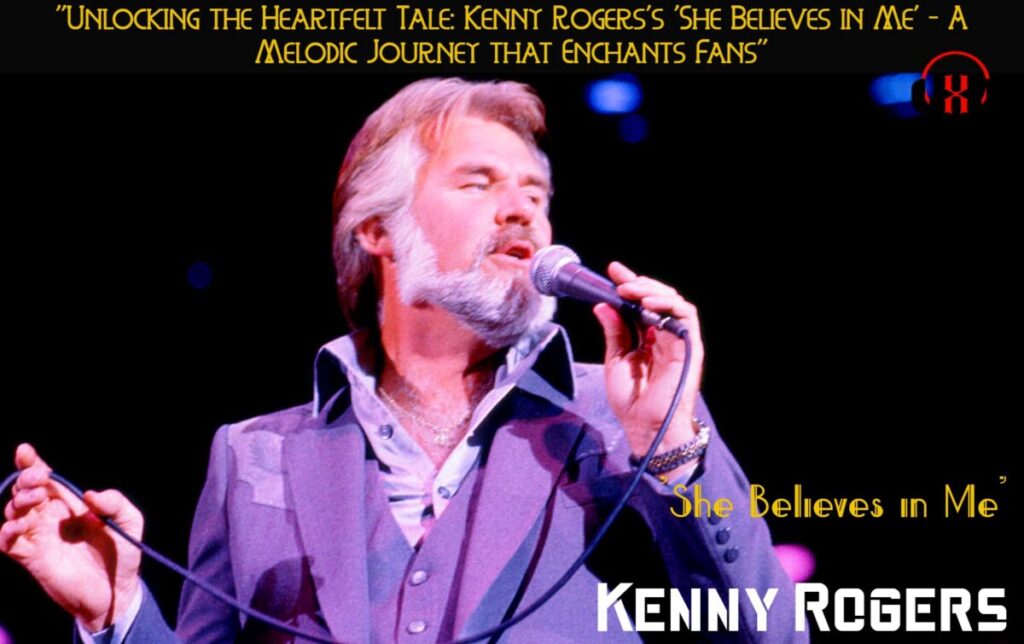
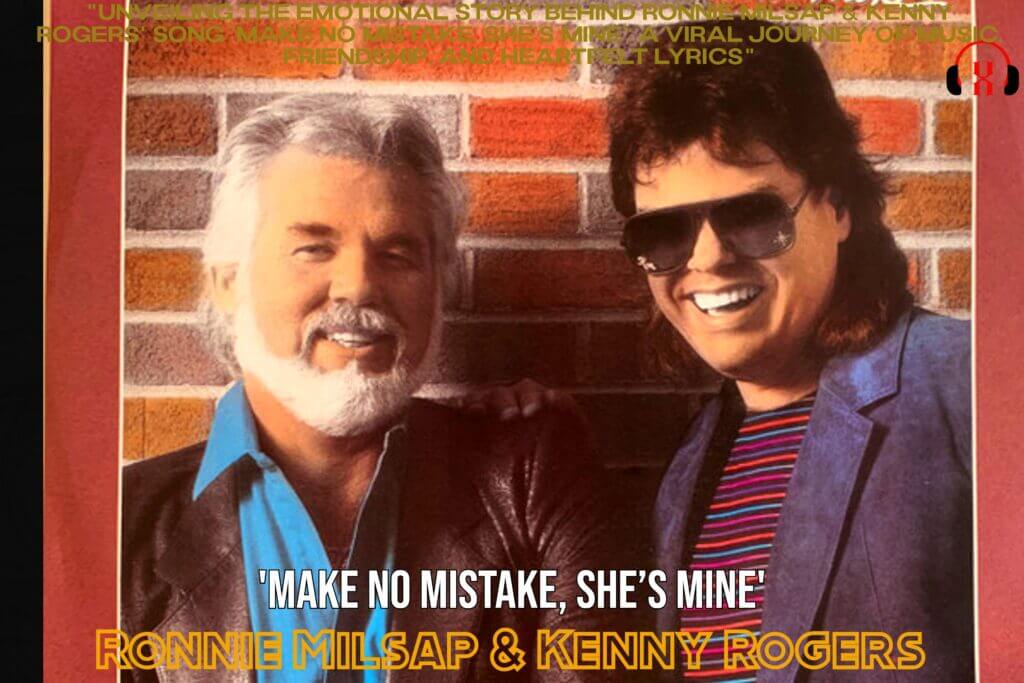
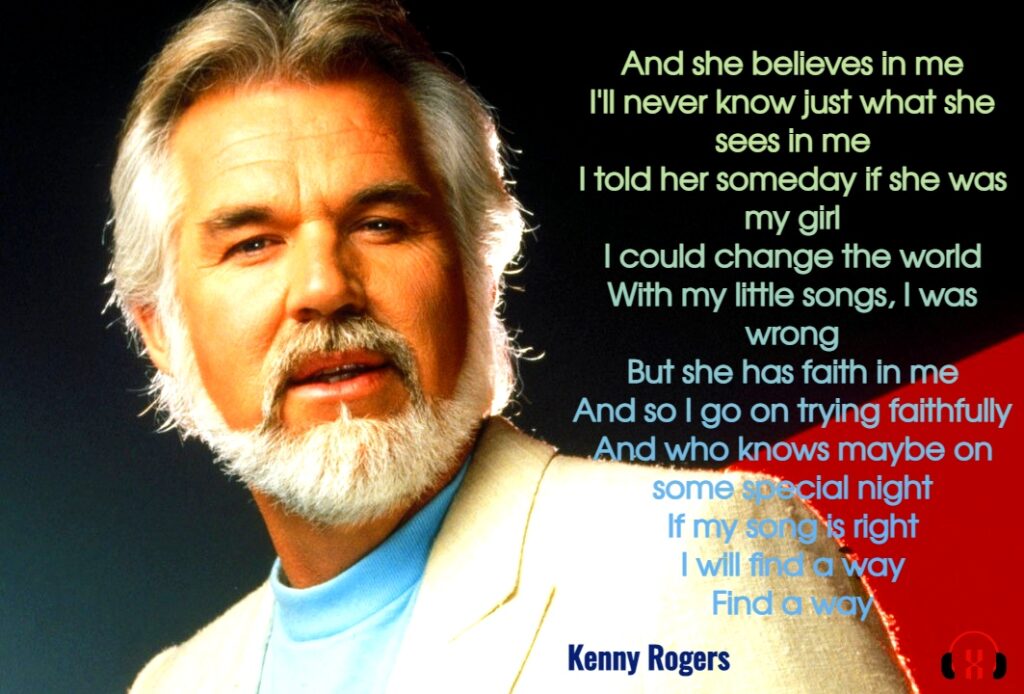


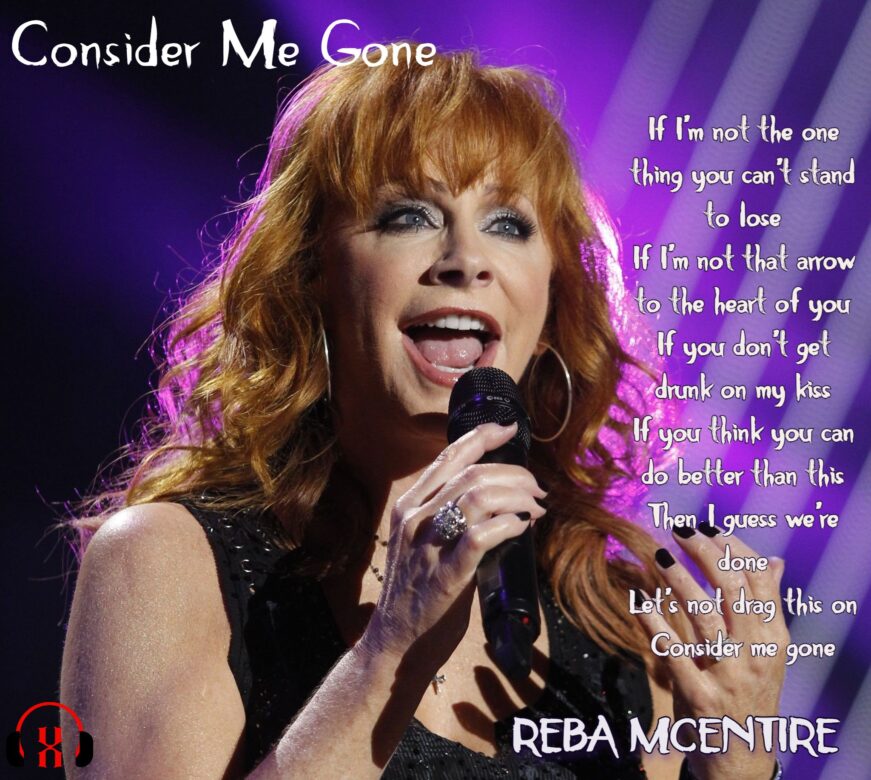

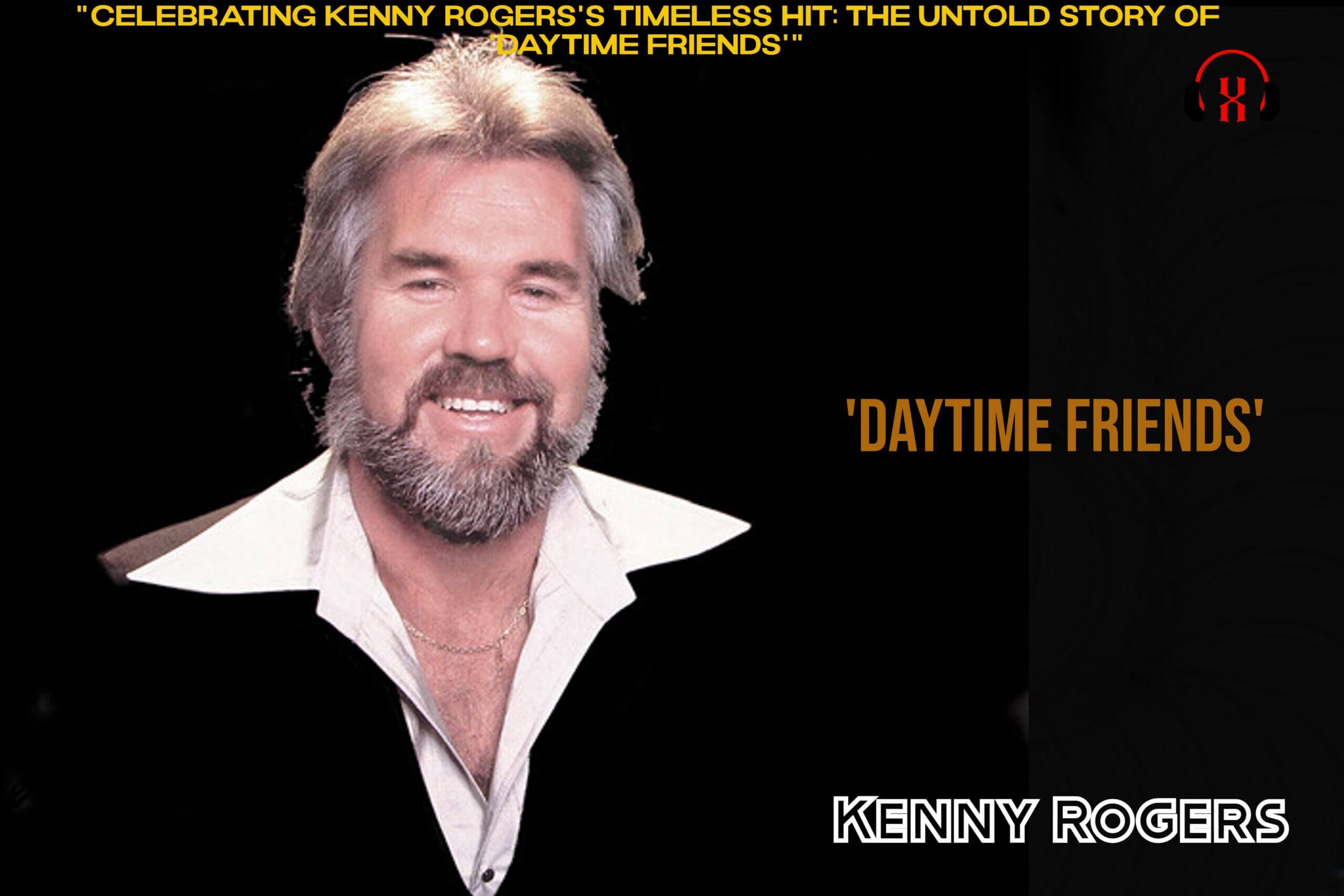
Comment on ““Celebrating Kenny Rogers’s Timeless Hit: The Untold Story of ‘Daytime Friends'””